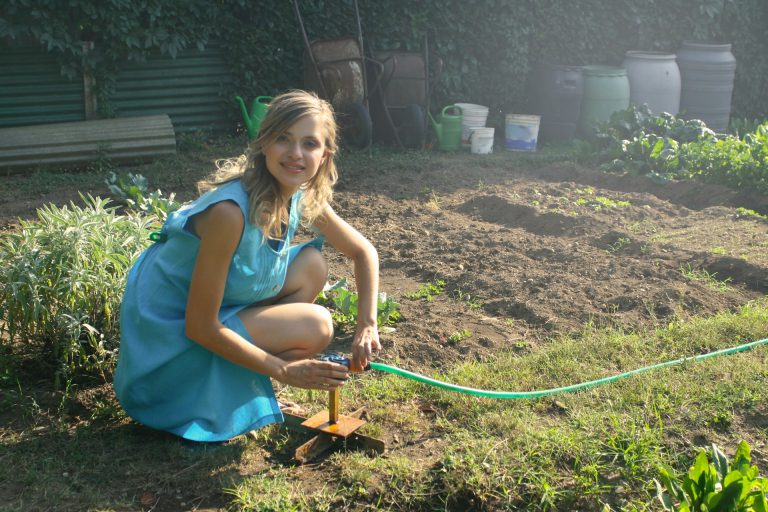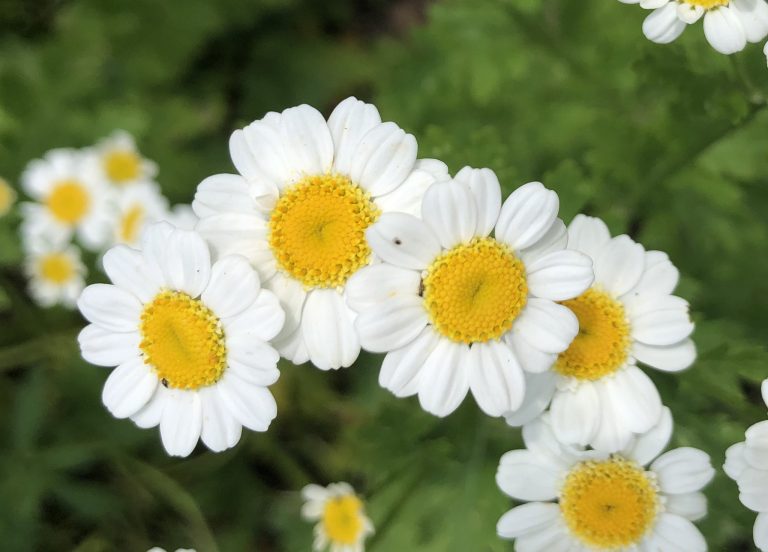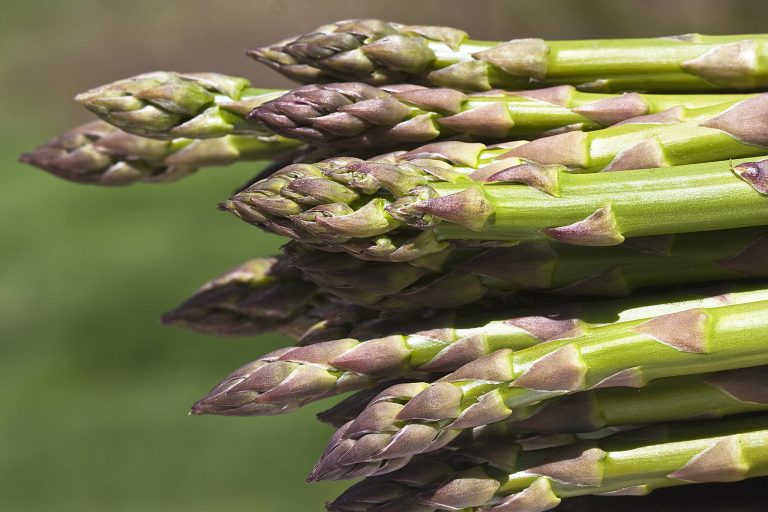As summer winds down, you may find that your garden has gotten out of your hands. It is truly incredible how much some plants can grow in a few short months, while others may be hard-pressed to survive. What with vacations and summer activities, it can be hard to keep up with the dynamics in your backyard; but to keep a productive patch, you’ll want to make the effort to bring in your harvest, tidy up and transition for fall.
Harvest tips
Many fruiting plants are stimulated to produce more with regular harvesting. Runner (pole) beans are a classic example. Daily picking encourages the plant to continue producing flowers, and thus, beans, for as long as the plants remain healthy. Bush beans, on the other hand, are determinate, meaning they grow only to a certain size and produce one flush of fruit. Picking promptly will insure tender — although not more — beans.
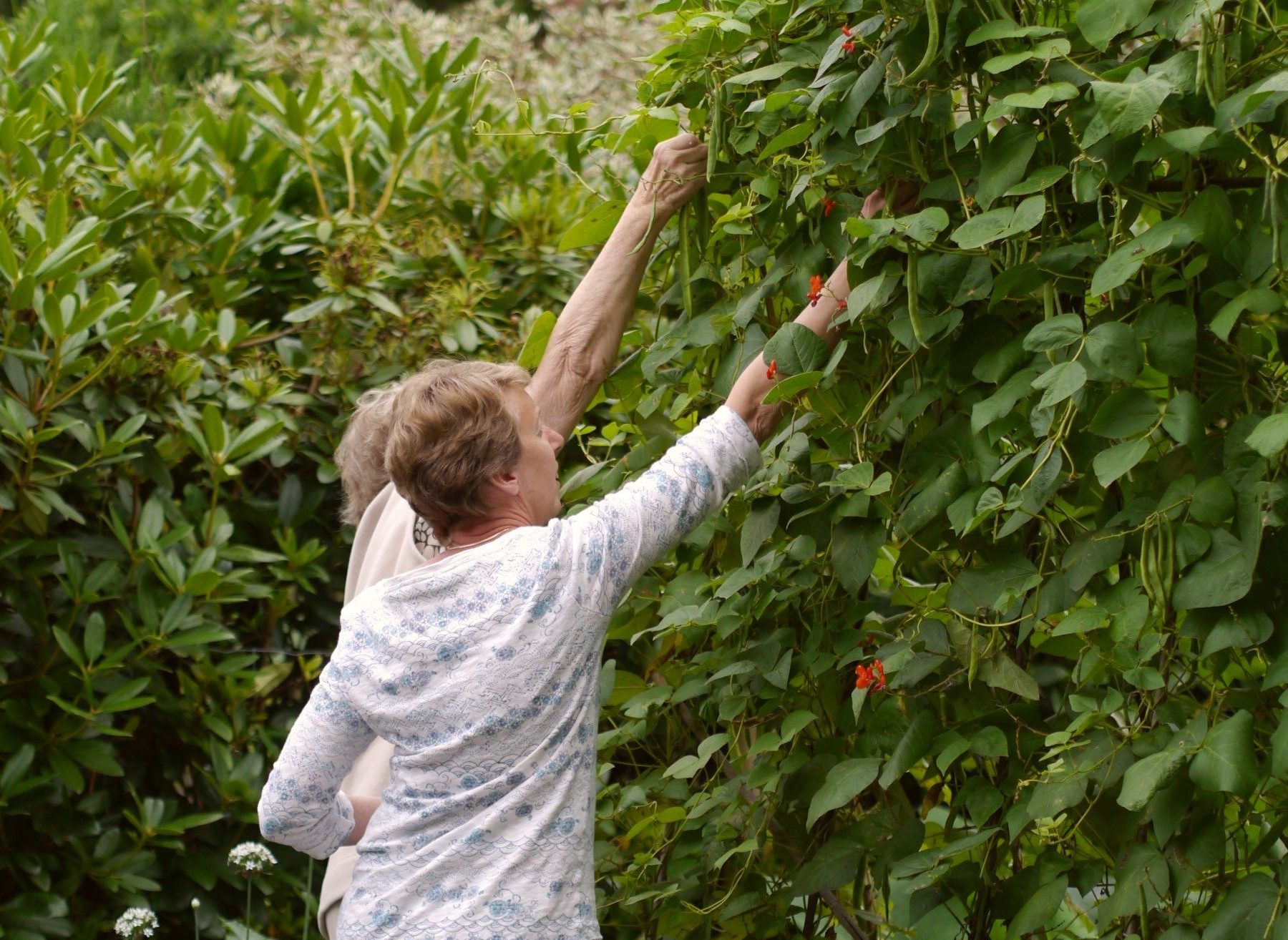
Berries should be picked promptly as well. Not because they will produce more fruit, but to discourage fruit fly activity in your berry patch. There’s nothing more disappointing than to pick a beautiful raspberry only to find a tiny maggot squirming in a juicy drupelet.
With crops like summer squash and cucumbers, you can get the most produce by harvesting the fruits when they are small. When they get large, the seeds start to mature, sapping energy away from new flower and fruit production. Be thorough in your harvest. One missed squash can become a monster in just a few days.
Of course, winter squash and melons must mature to achieve optimal flavor and texture. Let melons like cantaloupe remain on the vine until the stem naturally loosens. A patch of pale yellow on the surface of a watermelon tells you that it is ripe for picking. Winter squash can stay out until just before frost.
Success
You are now signed up for our newsletter
Success
Check your email to complete sign up
Potatoes and onions should be harvested when the above-ground plant body becomes limp and lifeless. This means there won’t be any more energy going into increasing the size of the crop. Carefully loosen the soil with a spading fork to begin your treasure hunt for potatoes. If you plan to store your onions, they should air out in a warm, dry space out of direct sun until the skin is brittle.
Sweet potatoes should not be harvested until just before frost. As you will notice, these plants are robust and aggressive. Harvesting some of their leaves for a summer side won’t impact your tuber harvest in the least, but digging them out early will result in undersized sweet potatoes.

Tomatoes are best picked ripe; but when frost is imminent, or if you have birds or small beasts enjoying your ripe fruits, they may be picked green and allowed to ripen indoors.
Greens that are not harvested as a head — like collards, kale and chard — will keep producing new leaves from the center. Harvest the larger outer leaves separately to keep a steady supply of summer greens. When lettuce or escarole heads elongate, they are preparing to flower. Unless you are planning to save seeds from them, harvest the whole plant before the leaves turn bitter. Spinach has a similar habit, and the whole plant should be harvested when it begins to produce smaller leaves on longer stems.
Most herbs will naturally flower during the summer. They want to reproduce just like any other plant, though we’re mostly just interested in the leaves. Perennials like thyme, oregano, and sage will continue to produce perfectly good leaves after their flowering stems are clipped; but annuals like dill and cilantro will not. Unless you are saving them for seed, you can remove the plants that have gone to flower. Allowing the flowers to remain does attract many beneficial insects to your garden, however.
You can prolong the life of basil by snipping it regularly to prevent flowering; and you can even pot some up to bring indoors over the winter.
Tidy up
Weeds have a tendency to grow faster than your cultivated plants, so it can be hard to keep on top of them. Set aside a little time each week to clear out any uninvited guests and turn them into fertilizer by composting them. That way you can welcome them back to your garden next year.
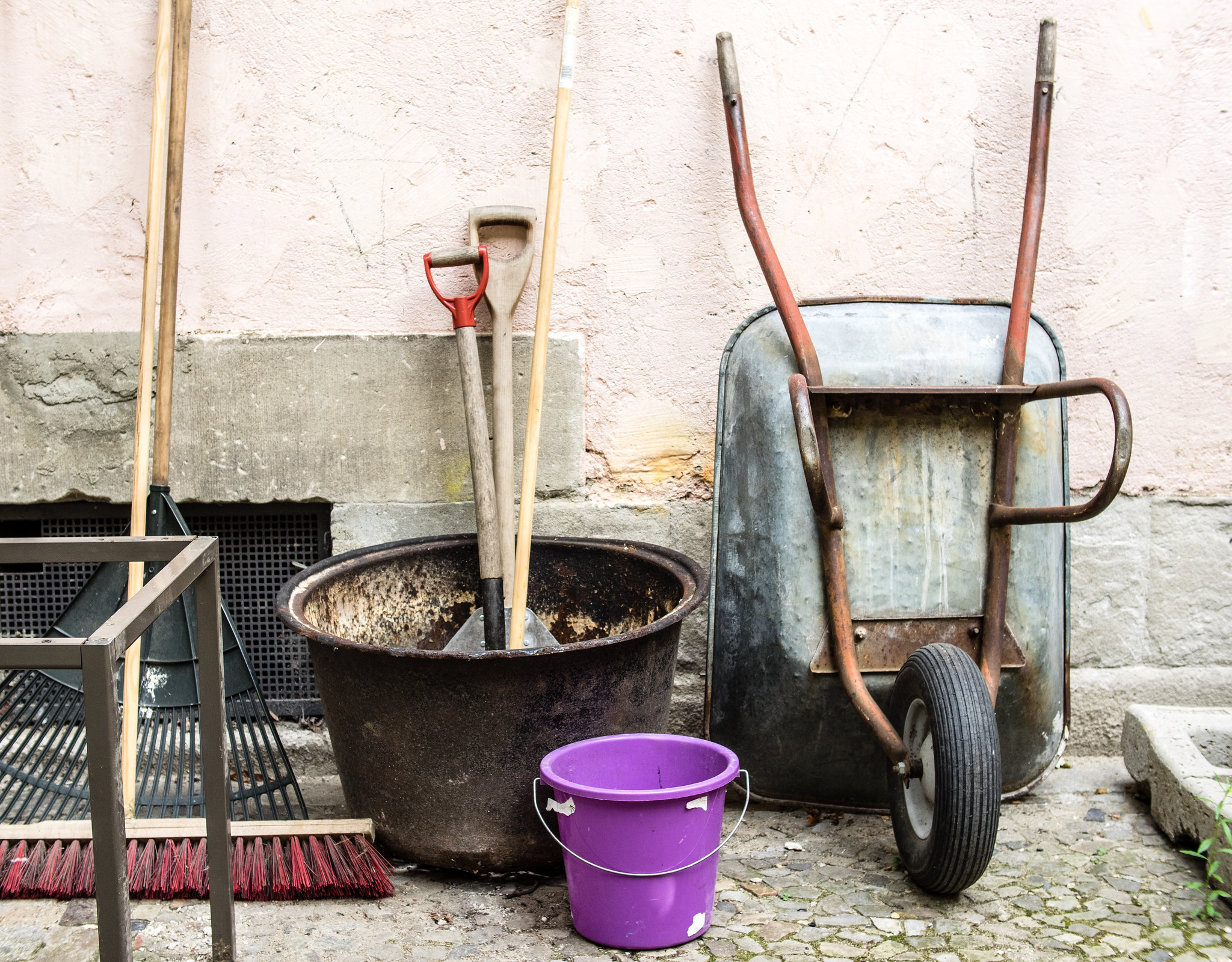
Remove all dead or dying plants. You may find that some plants have succumbed to disease or pests, or have simply finished their life cycle. Taking them out will open up space for a planting of fall crops. Diseased material, including fallen leaves, should be burned or discarded, rather than composted.
Plants like peas and many greens simply don’t do well in the heat. There’s no need to keep these plants around through the summer, since they won’t be bouncing back. Instead, replant them as a fall crop.
Deadheading your flowers can keep them blooming longer. Unless they have particularly nice seed heads that will feed wildlife or add winter interest, snip the spent blooms promptly to encourage more flowers.
You may also find volunteer perennials that self sowed in your garden. If they aren’t in a good location, you might consider them a weed and treat them as such. Alternatively, you could carefully dig them out and either transplant them to a more desirable spot, or pot them up for friends and neighbors with gardens.
Replenish your soil and feed your plants.
A growing garden naturally depletes the soil of nutrients, so it needs to be replenished. If you’ve been keeping a compost pile, top dress your beds with mature compost. Other sources you can seek out include a municipal facility that generates compost from collected leaves, or a mushroom grower in the area who would have highly-desirable mushroom compost.
Mulching around climbing plants like cucumbers and beans can help conserve moisture and protect their shallow roots. Feed the soil at the same time by choosing a nutrient-rich mulch like partially-composted leaves or mostly-composted wood chips.
Water your plants periodically with compost tea or a liquid solution of natural kelp fertilizer to boost the nutrient content of your soil.
Sow fall crops
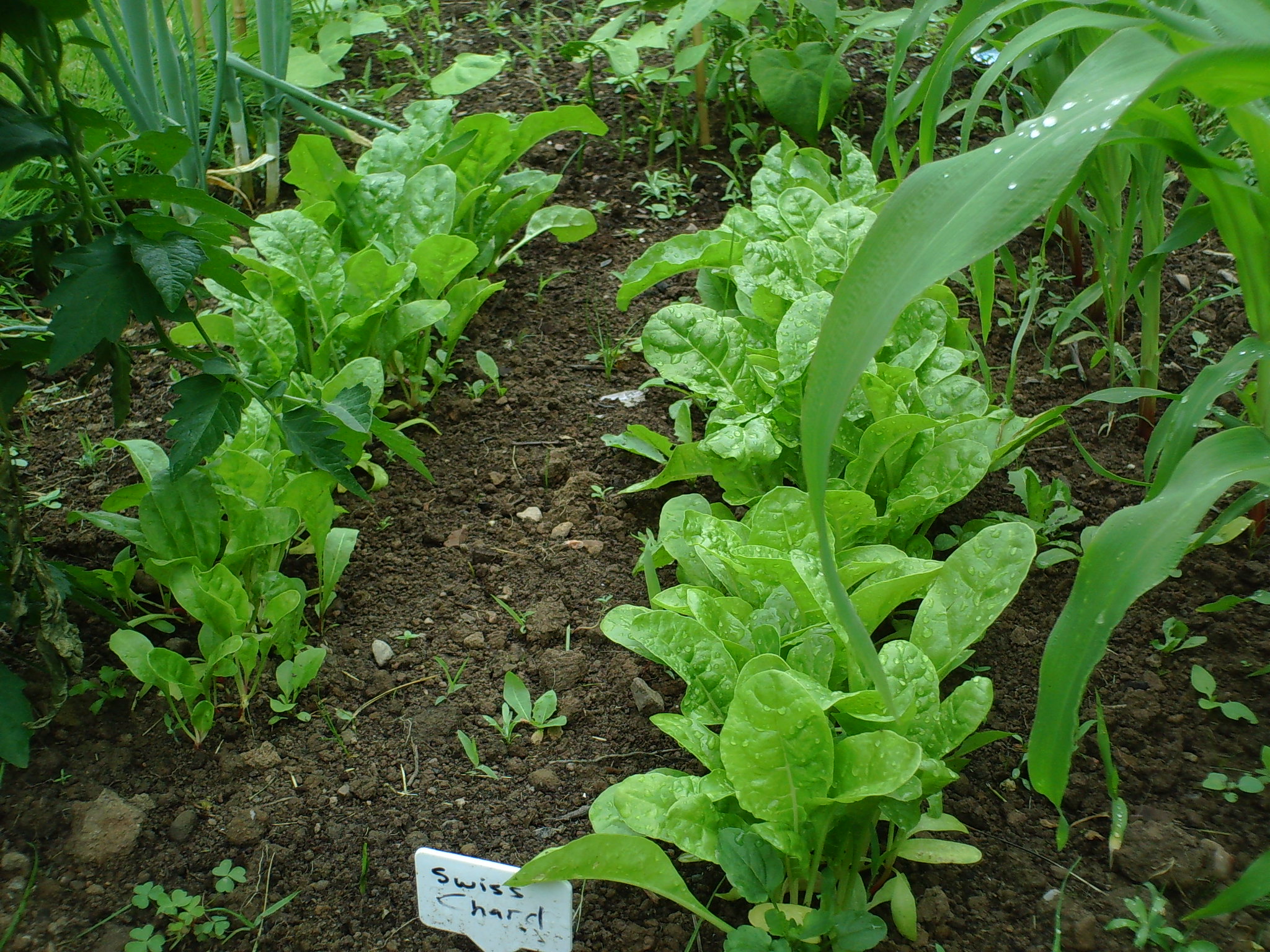
The end of summer hardly means that your garden is finished. Tomatoes and peppers can keep going right up until frost, and plenty of plants enjoy cooler weather. Once you’ve cleared a little space and replenished your soil, you can sow seeds for lettuces, peas, spinach, and most crops in the cabbage family — like kale, radishes, turnips, bok choy, broccoli and mustard greens.
Direct-sown seedlings should be thinned promptly to prevent bolting. You can gradually add to the amount of space between plants by harvesting the thinings weekly. Most of the above greens should ultimately have 10-12 inches growing space for each plant in a row.
If the soil temperatures are still hot, you may have better luck sowing your seeds in small-celled flats, which you can easily keep moist and move out of the baking sun for germination. Plant them out when they are about two inches tall and have a good root system.
Herbs like dill and cilantro are good candidates for succession planting, as they rarely last more than a few weeks. Direct sow these herbs and thin to about six inches apart.
Protect your seedlings from critters by covering with a floating row cover or netting. Once they are established, you can remove the protection. If you’re interested in extending your season even further, you can bring the row cover back out for the winter!



